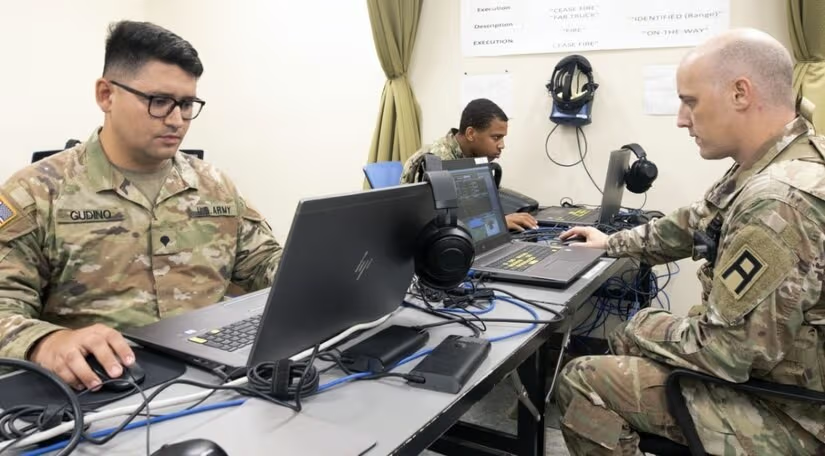
With the new feature that WhatsApp is rolling out, users will be able to set AI-generated images as their profile pictures.
As of right now, the most recent Android v2.24.11.17 beta of WhatsApp for Android has the capability.
WhatsApp To Now Allow AI-Generated Profile Images
By allowing users to refrain from displaying their real photos as profile pictures, this feature seeks to improve user privacy.
WABetaInfo was the first to report about the new feature. When users click on the pencil-like edit option in the profile picture settings, the AI-generated image tool should launch.
As an alternative, WhatsApp may group the AI-driven profile photo generator in a separate page, much like it does with the Avatar function. Users will be able to create unique, personalized graphics by adding descriptions onto the AI-generated images, which resemble stickers.
With the use of this feature, users can create photos that express their personality, interests, or present mood. It is unknown what particular large language model the AI-powered functionality uses.
AI To Be Based On Recently Released Meta AI
According to WABetaInfo, the AI may be based on the same model as the recently released Meta AI search bar. The profile picture generator driven by AI is currently in the development stage.
When the feature will be made available to all users is unknown. Recently, WhatsApp added a feature that forbids users from taking screenshots of other people’s profile images.
Over the past few weeks, WhatsApp has been releasing a number of new features. A new voice call user interface is one of the latest upgrades. In chat, users can now pin multiple messages.
WhatsApp implemented passwordless login using Touch ID and Face ID. Part of WhatsApp’s continuous attempts to enhance user privacy and customisation is the addition of the new profile photo feature.
The goal of the AI-generated profile images is to give users a more personalized and dynamic experience.
The creation of this feature is evidence of WhatsApp’s ongoing innovation and responsiveness to user demands and technical developments.














